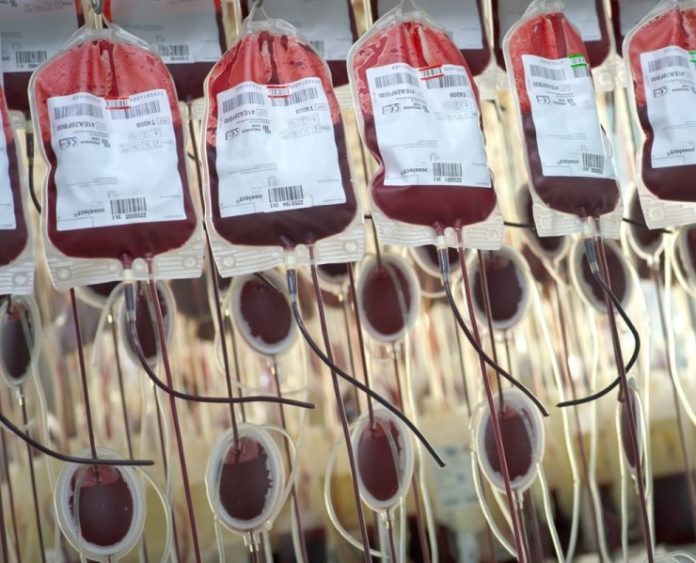Scientists At Harvard Find Protein In Blood That Reverses Aging

The protein, called GDF-11, was injected into old mice. Old mice, much like humans, develop thickened heart walls as they grow older. The heart was reduced in size and thickness, resembling the healthy hearts of younger mice.
A finding by Richard T. Lee, a Harvard Medical School professor at Brigham and Women’s Hospital and Amy Wagers, a professor in Harvard’s Department of Stem Cell and Regenerative Biology, ultimately may rewrite our understanding of aging.
“The most common form of heart failure [in the elderly] is actually a form that’s not caused by heart attacks but is related to the heart aging,” said Lee.” In this study, we were able to show a protein circulating in the blood is related to the problem, and if we gave older mice this protein, we could reverse the heart aging in a short period.”

Lee said:
“We are excited because it opens a new window on the most common form of heart failure.” He added, “This is the coolest thing I’ve ever been a part of.”

Doug Melton, HSCI co-director and Harvard’s Xander University Professor, called the discovery “huge. It’s going to change the way we think about aging. I have 300 patients right now, and I think I have about 20 who are suffering from this type of heart failure, which we sometimes call diastolic heart failure,” said Lee. “They come into the hospital, have fluid taken off, then they’ll go home. Then they come back again. It’s frustrating because we don’t have any drugs to treat this. We need to work as hard as we can to figure out if this discovery can be turned into a treatment for heart failure in our aging patients.”
The Lee and Wagers labs now are focused on moving GDF-11 toward clinical trials which Lee predicts could begin in four to five years. More research may lead to learning what other tissue types the protein might affect.
“In this study, we compared young and old animals and identified a substance in the blood present at high levels when you’re young, and lower levels when you’re old. We further found when we supplemented the low levels of this substance present in old animals to the levels normally seen in youth, this could have a dramatic effect on the heart. It’s been observed for many, many years that when aging occurs it affects multiple body system sort of in a semi-synchronous way,” Wagers said, “and this suggests there may be some common signal that drives the body’s response to getting older. We hypothesized that this common signal might be a substance traveling in the bloodstream, because the bloodstream accesses organs throughout the body.”

ABSTRACT – The most common form of heart failure occurs with normal systolic function and often involves cardiac hypertrophy in the elderly. To clarify the biological mechanisms that drive cardiac hypertrophy in aging, we tested the influence of circulating factors using heterochronic parabiosis, a surgical technique in which joining of animals of different ages leads to a shared circulation. After 4 weeks of exposure to the circulation of young mice, cardiac hypertrophy in old mice dramatically regressed, accompanied by reduced cardiomyocyte size and molecular remodeling. Reversal of age-related hypertrophy wasn’t attributable to hemodynamic or behavioral effects of parabiosis, implicating a blood-borne factor. Using modified aptamer-based proteomics, we identified the TGF-β superfamily member GDF11 as a circulating factor in young mice that declines with age. Treatment of old mice to restore GDF11 to youthful levels recapitulated the effects of parabiosis and reversed age-related hypertrophy, revealing a therapeutic opportunity for cardiac aging.
For more information, check out the video below:
*Article originally appeared at Minds.



No comments:
Post a Comment